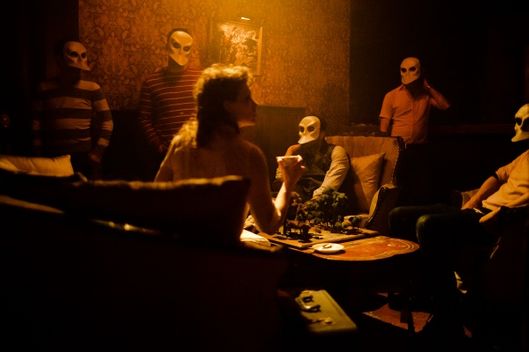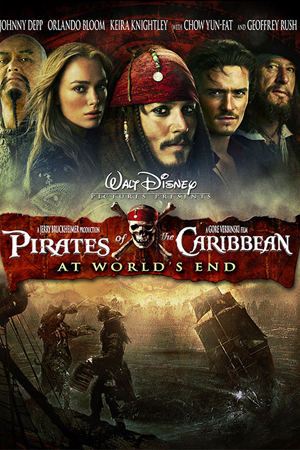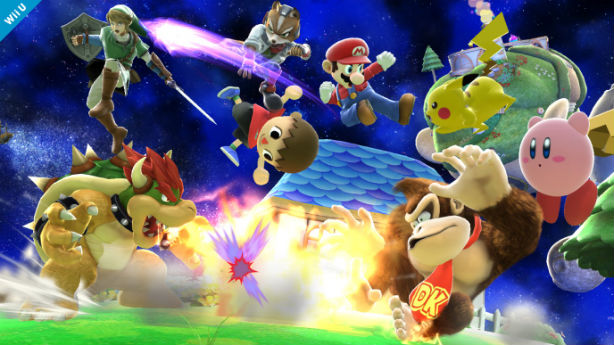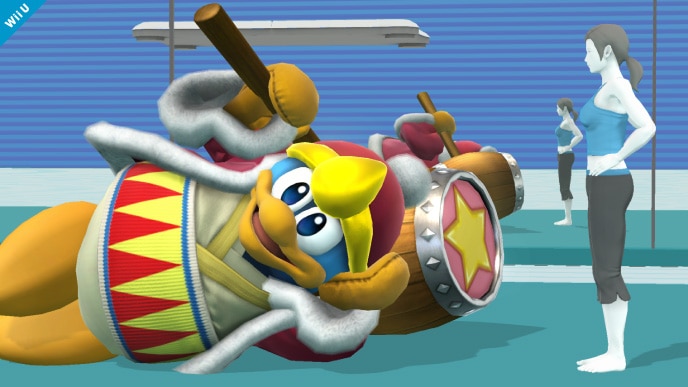On the blog posts I’ve read from some of my classmates so far, I have been quite impressed. Each person I’ve read has really tried to explore what ideas are really present and how these ideas–removed from any glitz, marketing, or common platitudes–guide the mechanics in their respective games. Five posts especially showcase how our class has really dived into a lot of game worlds to discover new meanings embedded, intentionally or unintentionally.
Luke in his blog post on Broken Age discusses at length about how the game makes the player question their perception of reality as the in-game characters find assumption after assumption about the in-game world to be false. I’d be interested to see how that concept of an unreliable perception of reality would be applied to countergames, which disintegrate our expectations of what game is and should be. A lot of the counter games we saw in Galloway’s essay collection were very perception-bending, so I wonder how a narrative misperception of reality would pair with a visual misperception of digital objects?
Violet’s blog post on Kim Kardashian: Hollywood also explores and unravels the idea of simulating reality in a way. The player simulates a fantasy reality of going through Kim Kardashian’s career trajectory. I would ask Violet how this celebrity game about becoming famous stacks up to other celebrity games? Does Kim Kardashian just have an incredibly strong brand (which she does), or is there a larger social phenomenon these kinds of games tap into (young people wanting to be celebrities so badly now)?
The societal want to attain celebrity status is not a super hidden feature, even though Violet still explores it well. On the other end of the spectrum, some classmates extrapolated a lot of interesting things by analyzing the real ideas behind some games. Matt wrote about Dear Esther, a game that challenges notions of action in a first-person format, and with the help of some organic chemistry clues hidden in the game, discovered a game that lost any air of pretension and became a touching game about loss and depression. Alec wrote about Desert Golfing and Harvest Moon and how the latter has the disguise of zen to its time-based system but does not have the required neutrality that Desert Golfing has. Emi wrote about complicated gender representation in Bioshock and how the Little Sisters appear to have agency without any power structures (because there is no society) yet are still at the mercy or cruelty of violent men who kill Big Daddies well.
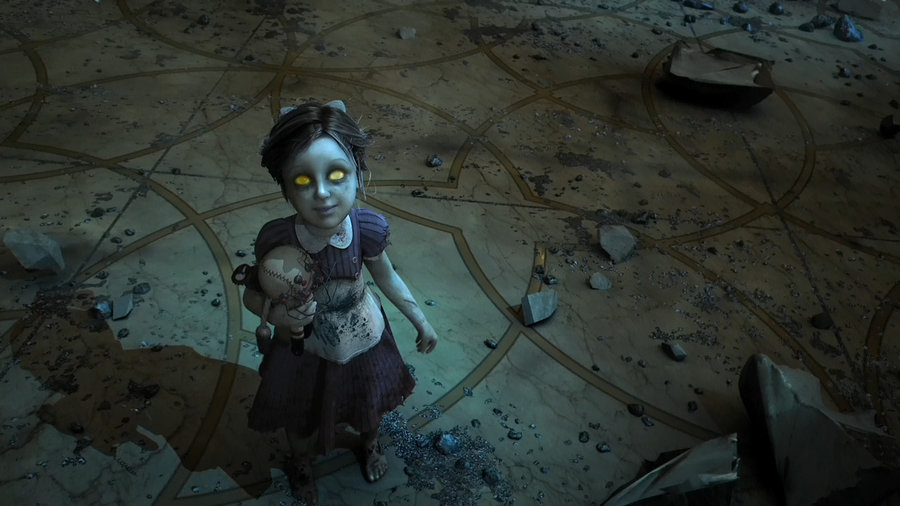
Each of these five scholars have picked apart in similar ways what makes these very different games. They’ve approached these games’ systems by also approaching characters (usually the player’s character or actions). They only got to the larger points of each of their post by exploring the world through some character’s personal view that became their own, whether that was Kim Kardashian’s journey or Alec’s personal journey of relaxation and frustration. These games were rooted in people’s stories, and I found them to be interesting analyses because of it. I suppose it’s always important to remember that games are always connected to people, never really in a fantasy that’s far from a human author, political issues, or personal stories.
Image Sources:
Condon, Brody. Screenshot from Adam Killer. “Interview: Brody Condon’s ‘Adam Killer’ (1999).” Gamescenes, 31 May 2010, http://www.gamescenes.org/2010/05/interview-brody-condons-adam-killer-1999.html. Accessed 10 Dec. 2016.
“Little Sister Dresses from Bioshock.” Pinterest, https://www.pinterest.com/pin/515802963548960476. Accessed 10 Dec. 2016.
